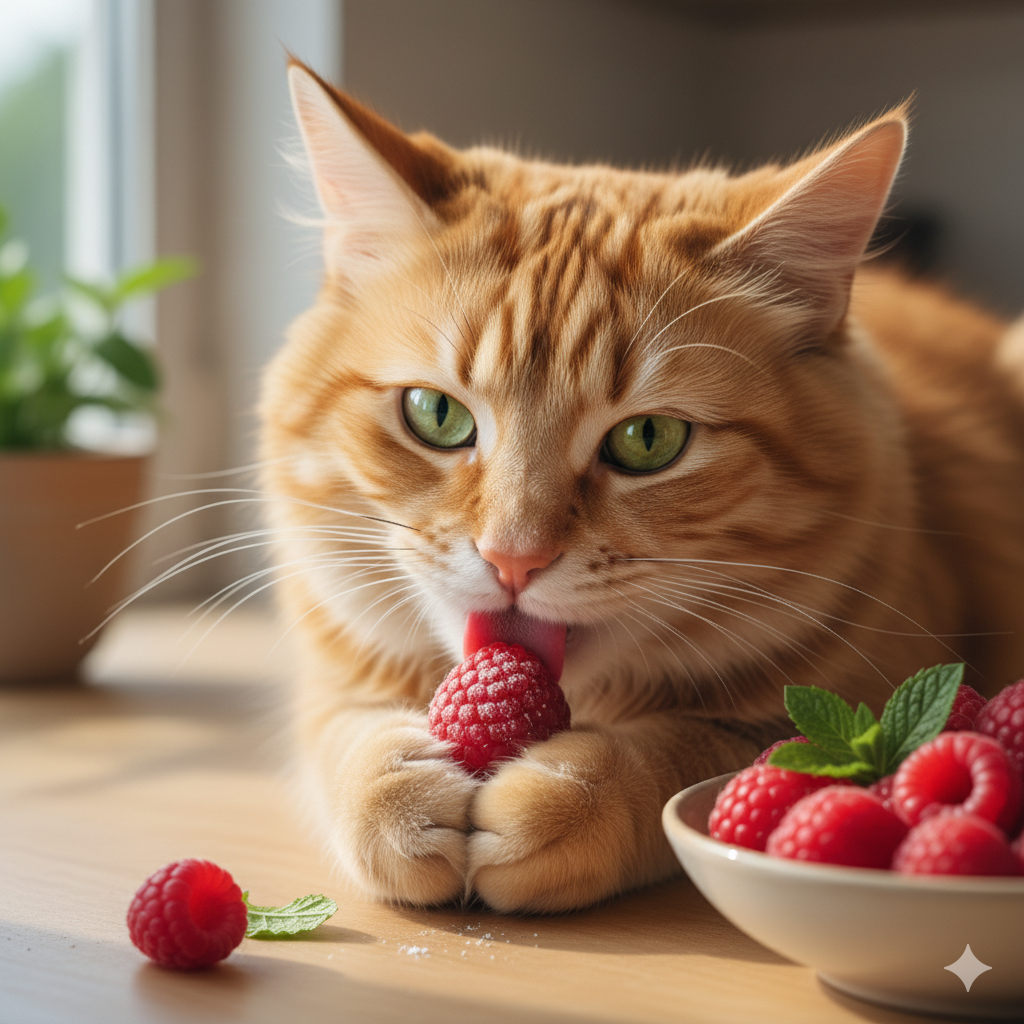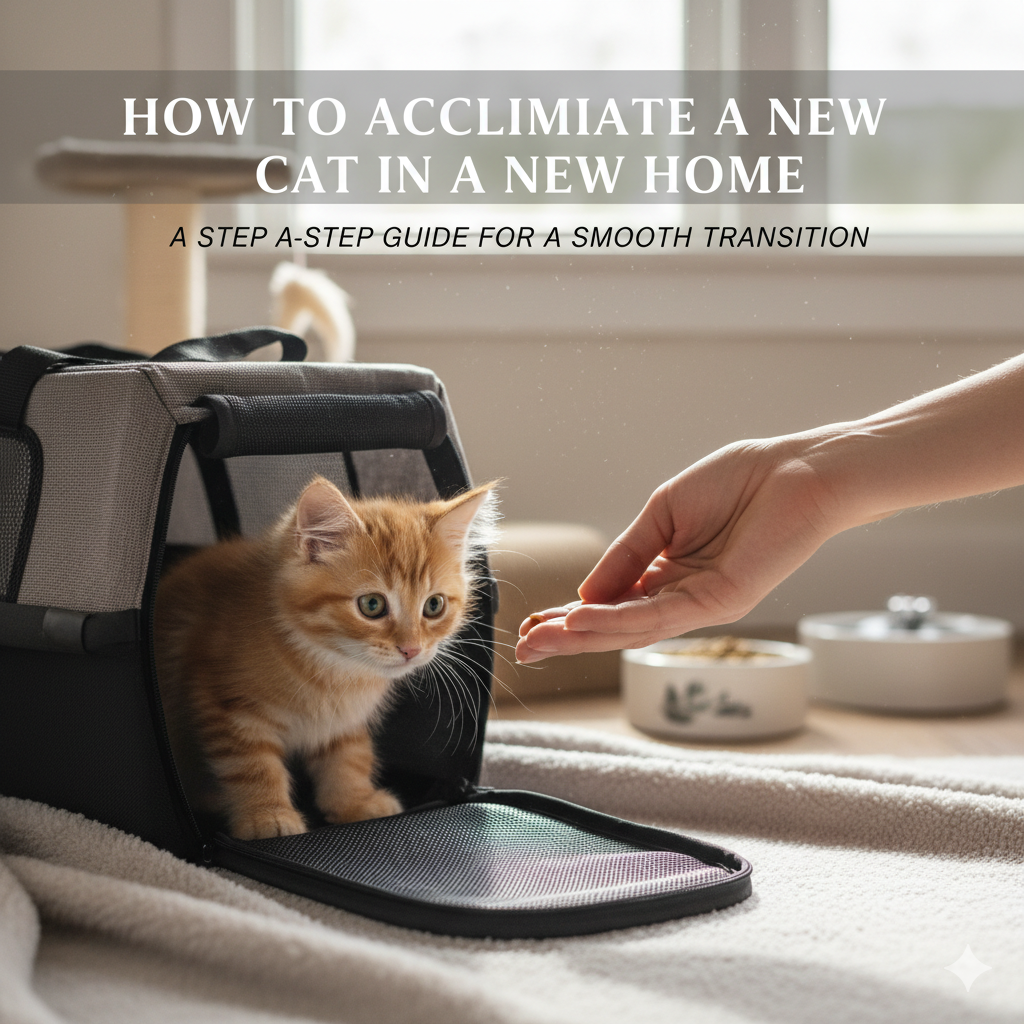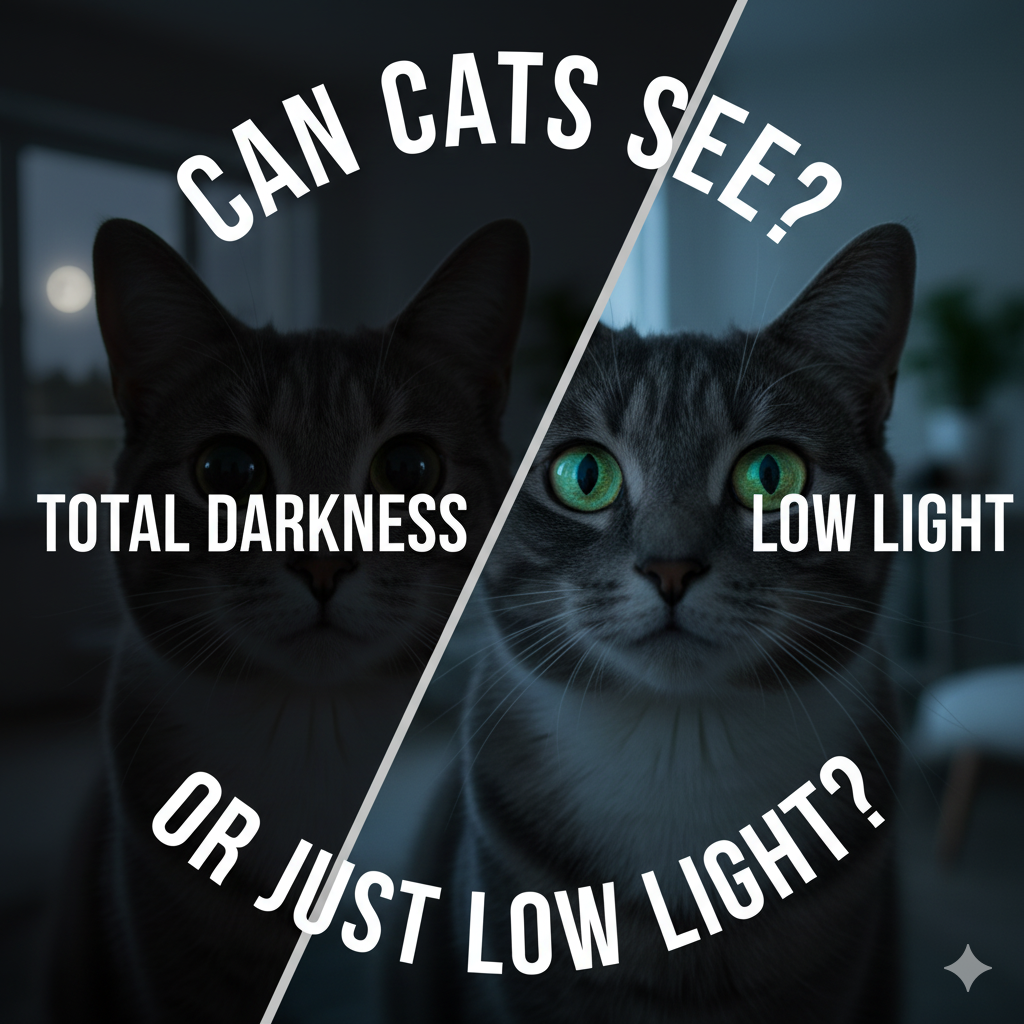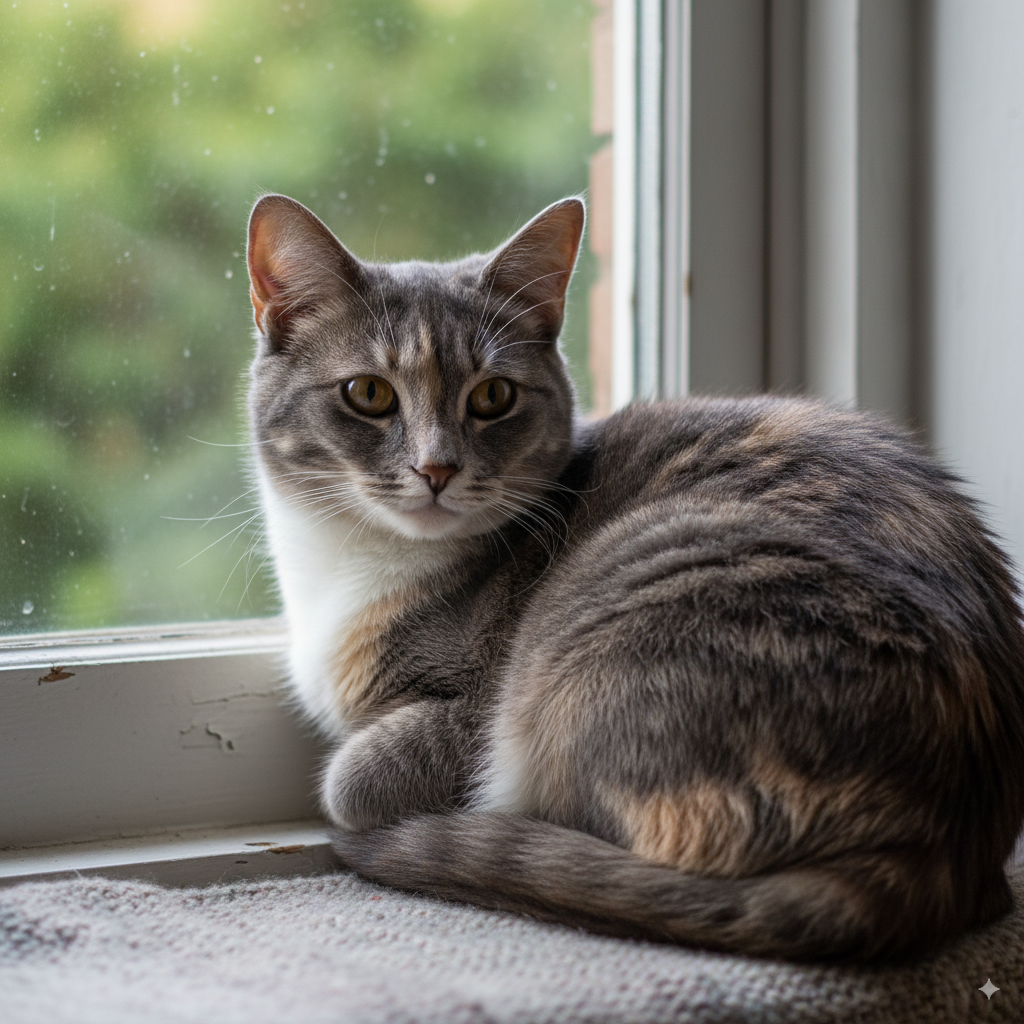Cats are fascinating creatures, especially when it comes to their vision. Many people wonder if cats can see in the dark. The answer is both simple and complex. Cats have evolved to see well in low light. This ability is due to several unique features of their eyes. However, they cannot see in complete darkness. They need some light to navigate their surroundings. Understanding how cats see in the dark can help pet owners better care for their feline friends. In this article, we will explore the science behind cats’ night vision. We’ll also debunk some common myths about their eyesight. How Well Can Cats See in the Dark? Cats are remarkable at seeing in low light conditions. Their night vision is much better than humans’. This is partly due to their ability to use minimal light effectively. In the dark, cats see using numerous rod cells in their retinas. These cells improve their ability to see when light levels are low. Compared to humans, cats need just one-sixth the light to see. This exceptional vision makes them incredible nocturnal hunters. Cats can detect motion easily, which is vital for spotting prey at night. Here’s why cats excel in low light: While cats can’t see perfectly in total darkness, they’re well-adapted to semi-dark environments. Their eyes shine brightly due to the tapetum lucidum’s reflective properties. The Science Behind Feline Night Vision Cats possess an extraordinary night vision system fueled by fascinating science. This system hinges on several unique anatomical features of their eyes. These adaptations grant them superior low-light visibility. A key element contributing to their night vision is the tapetum lucidum. This reflective layer, positioned behind the retina, enhances their sight. It bounces light back through the retina, maximizing available light even in dim conditions. Furthermore, cats have large pupils that can dilate substantially. This allows their eyes to soak up as much ambient light as possible. Their pupils can open three times wider than humans’ pupils. Some remarkable features of feline night vision include: Cats’ retinas are rich in rod cells, which are sensitive to low light but can’t detect color. These are the crucial components allowing cats to see when other animals struggle. The combination of these features makes cats formidable hunters at night. Their eyes adjust quickly to changing light, keeping them ready for any situation. Key Features of a Cat’s Eye Cats have fascinating eyes designed for low-light environments. These unique features set them apart from other animals.










